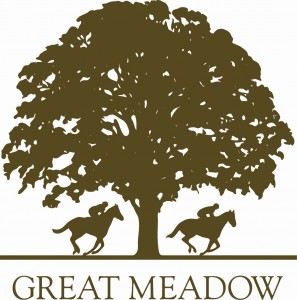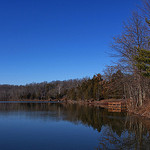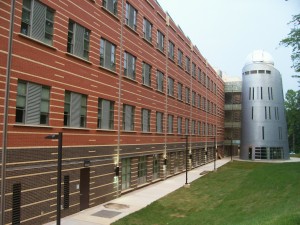Key information for official sites with agreements:
- Camp High Road is open unless specified on Camp High Road specific page
- C.M. Crockett is open only during periods specified on the Crockett specific page
- Meadowkirk observing requires explicit permission. See Meadowkirk page for details
- Sky Meadows State Park is open for vetted volunteers only unless posted on the Sky Meadows specific page
- Spruce Knob Mountain Center: See site specific page or contact site coordinator for availability

Forecasts aren’t good for today, so I’m cancelling the public night.
Ray Young
Great Meadow site coordinator
———–
See front page of NOVAC Site for changes to event.
More information about Great Meadow including directions and parking visit the Great Meadow Site page.

Although the Clear Sky Chart shows only 20 to 40% cloud cover[1], the ClearOutside site predicts over 80% of the sky obscured by clouds.[2] WeatherUnderground says 39 to 70%[3] and AccuWeather says ~90% cloud cover.[4] Other paid weather-guessers predict partly or mostly cloudy and most give a five to fifteen percent chance of measurable precipitation. Not conditions suitable for star gazing.
Clear skies, dang it! Please?
Tree Greenwood
Crockett Park Site Coordinator
1 – http://www.cleardarksky.com/c/CrckttPrkVAkey.html
2 – https://clearoutside.com/forecast/38.60/-77.73?view=midday
3 – https://www.wunderground.com/hourly/us/va/midland/date/2019-04-06/22728
4 – https://www.accuweather.com/en/us/midland-va/22728/hourly-weather-forecast/2111280?hour=40
Please read the C.M. Crockett Page for park details.

Our meetings on the second Sunday of the month, online.
Our meetings web page, has additional details.
We look forward to seeing you on Sunday evenings!
The Lyrids is an average shower, usually producing about 20 meteors per hour at its peak. It is produced by dust particles left behind by comet C/1861 G1 Thatcher, which was discovered in 1861. The shower runs annually from April 16-25. It peaks this year on the night of the night of the 22nd and morning of the 23rd. These meteors can sometimes produce bright dust trails that last for several seconds. The waning gibbous moon will block out many of the fainter meteors this year, but if you are patient you should still be able to catch a few of the brightest ones. Best viewing will be from a dark location after midnight. Meteors will radiate from the constellation Lyra, but can appear anywhere in the sky.
Contact the NOVAC Site Coordinator for reservations – full information can be found on the Spruce Knob member info page.

We look forward to seeing you on Sunday evenings!
